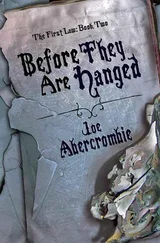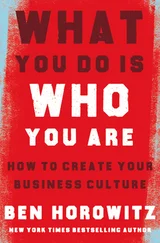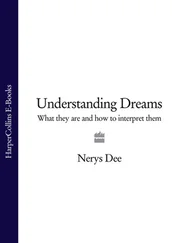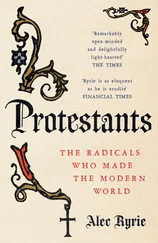Many events described in the great Kyrgyz national epos «Manas», which has attitude precisely for that period, when the Kyrgyz emperors arranged his supreme stake in Beijing from where ruled by the great State. Saying that, I here far from the claim that our ancestors Manas lived in Tang era or during the Liao life time. All sources and the evidence suggests that our great ancestor lived in the Bronze Age. I supplied much evidence which proved this fact scientifically in my book «History of the Kyrgyz tribe of Kytai».
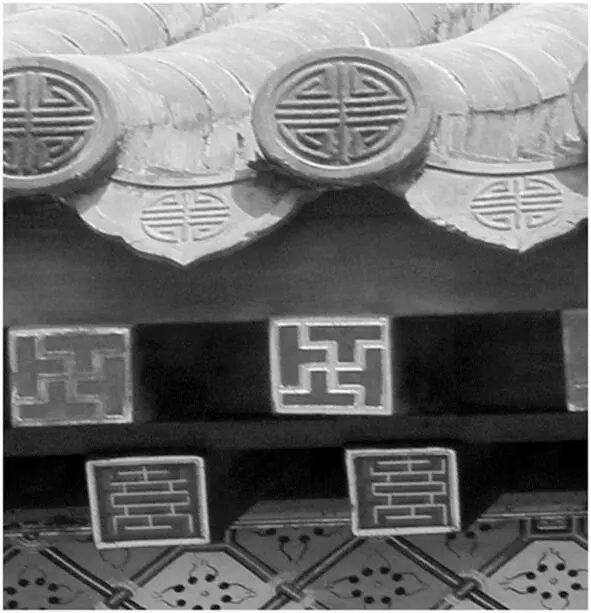
Naturally, many manaschy had only fragmentary information about the Sanzhyra and the multilayered history of our nation, and usually mistakenly confused the epoch in which the real Manas lived with certain historical events and periods that took place much later.
For example, according to the version of «Manas» which belonged to our great manaschy Zhusup Mamai, Akbalta was married his sister Chyiyrdy to Zhakyp. The second wife of Zhakyp Magdum was an Uzbek woman, formerly a widow, and the third wife Bakdolet originated from Tadzhik etnical identiy. These and other features from the family lives of Kyrgys lords clearly testify that the epic story reflected traditions and cultural and historical lings belonged to the XYII century – the epoch when Kalmaks dominated the Kyrgyz.
The same thing applies to the creative art of Sagynbay Orozbak uluu, Sayakbay Karalayev uluu (the famous epos «Manas» interpretators). Meanwhile the statement that Jakyp had married to Chyiyrdy contradicts to the Kyrgyz Sanzhyra, because Kyrgyz ancient traditions strictly prohibited marriage between relatives up to and including the seventh generation.
Obviously, it is in this period that we can observe the influence of Islamic tradition and the effects of its editing practice. This is of little surprise, for many manaschy that lived in the last three to four centuries were exposed to strong influences from religious canons, teachers and patrons, so called Moldo and Eschen.
I would like to draw your attention to a very interesting extract from the book of Kyrgyz sanzhyrachi Saparbek Zakirov 5 5 С. Закиров «Кыргыз санжырасы» китебинин 367 pages.
«Kyrgyz sanzhyrasy», on page 367, where it is clearly stated how Islamic priests advised our famous poets «to do and write the right thing»:
«Aziz-Kojo, Eschen, in front of Azhyrbek Datka gave the following instructions to Yrchy (psedoname of famous manaschy and poet Balik Ooz): „I ask you and demand from now that you ought not mention in your creations khans and individuals who have not accepted Islam. Only if you sing about and glorify those persons who became Muslims and fought for the great faith, you shell be blessed and fit to go to paradise.“»
Aziz also demanded from the poet to mention as often as possipble the Prophet Kojo Mukanbed (Muhammad) as well as Aziret Aaly Cher, the holy relative of Mukanbed from his paternal side, who was married by the way to the daughter of prophet Fatima. – Approx. AU. And what is more, Aziz openly threatened him, telling him that «if you chant about the last khans who professed Buddhism, then you shall be cursed and your soul will burn in hell.»
Needless to say, the way of thinking, behavior and used words and persuading propaganda of religious fanatics so little change since those times.
After similar instructions Balik Ooz «started to edit and change his version of „Manas“ in regard of the spirit of Islam», as he confessed himself late.
The tradition of marriage between close relatives from paternal and maternal lines was common among Jews and Muslims in ancient times and is often practiced even now in many eastern countries.
For example, the Prophet Ibrahim was married to his paternal sister Saar. The Prophet Mukhambet was married to his sister Kadiche from one forefather and his daughter Fatima was married to the son of his relative Ali. 6 6 Хадистер: Бухари, Муслима, Насаи, Ибн Маджы, Табари. Р. Аглетдинованын эмгектери жана Муслима.Ру сайты.
At the same time, the Tajiks as a nation formed in the VIII eighth century (L.Gumilev «End and beginning again», 101 pp.), and the Uzbeks – in the XVI sixteenth century.
I give evidence to such allegations in my book «Turk Eli Menen Kyrgyz elinin ayrymasy», which is based on scientific sources. Therefore, the wife of Manas Kanykey could not coming up from the daughters of Tajik people, in reality she originated from the Tezhik sub-tribe which in turn was part of the Kyrgyz tribe of the Suu Murun 7 7 Л. Гумилев”Конец и вновь начало», 101 pages
.
For the same reason in the real time of Manas’ reign wars and tensions between the Kyrgyz and Kalmaks never happened. The Kalmaks as an ethnic identity formed much later, in fact this word originated from the Kyrgyz phrase «kalyp galgan el», meaning «people who come to us and left.» The historical name of Kalmaks was Zhungars (Oirots). They inhabited the north-western part of modern China, called the Junggar plain. In the seventeenth and eighteenth centuries they created the Oyrots Khanate and on its base established their own national identity, joining and assimilating also the dinlins, sarts (Uighurs) and Huns.
Many generations of historians and archaeologists have been puzzled to find ancient variations of the Aryan symbol of the Swastika among inscriptions and decorations of various Kumbezes (mausoleums) across Central Asia. You find these astonishing features everywhere and worldwide.
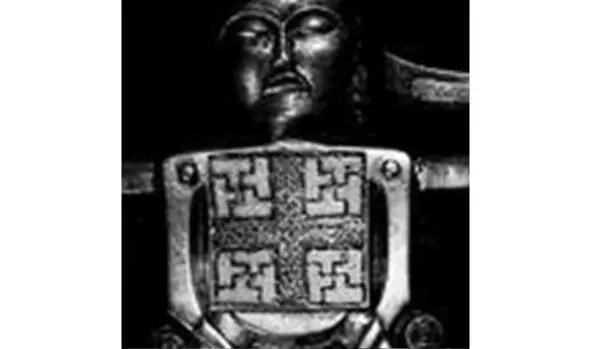
Look at a picture of the famous mosque and mausoleum of Bibi Khanum (Samarqand) or Kalyan Munara (Bukhara), or at the remnants of the palace of Kudayar Khan in Kokand, as well as the tomb of Tamerlane – these ancient buildings are all covered by the same signs.
You can examine these marks and labels yourself if you visit the site «Vedic symbols of Central Asia and Kazakhstan.»
On the photo above you see the picture of a Hittite warrior carved into gold, 3000 years old. The face of the man clearly bears mongolic features. His chest is ornated with the sign that belonged to the Kitai or Kutay, which is also known as the symbol of the Aruu (Aryan) people.
The signs belonged to Aryan civilization and Hitler adopted them as the national symbol of the German Reich, thereby underlining again that the German people belonged to the Aryans. Those who are interested in history will find passages in the work of the ancient Roman historian Cornelius Tacitus about the origins of the German tribes. Tacitus explains that the Kyrgyz and Germans descended from one root. I would also like to refer to the well-known source and Hitler’s famous remarks: 8 8 Melnikov, L. Chernaya. «Nazis regime and its Fuhrer», Moscow, 353 page
«Один раз в год можно будет проводить по столице отряд киргизов, чтобы глядя на ее каменные памятники, они получили представление о мощи и величии Германии». («Once a year it would be possible to lead through our capital the squad of the Kyrgyz and let them look at their stone monuments, and get a glimpse of the power and greatness of Germany»)
These lines clearly indicate that Hitler knew that the Kyrgyz people have a great history and wanted to surpass their achievements. I would like to refer to another historical document dating back to 1810. The German scholar Joseph Gorres wrote in his book «Mythologies of Asian culture»: «European culture is based on Greek culture, which in turn is based on the Asian myth», Kikishev N.I. «Metahistory.»
Читать дальше





